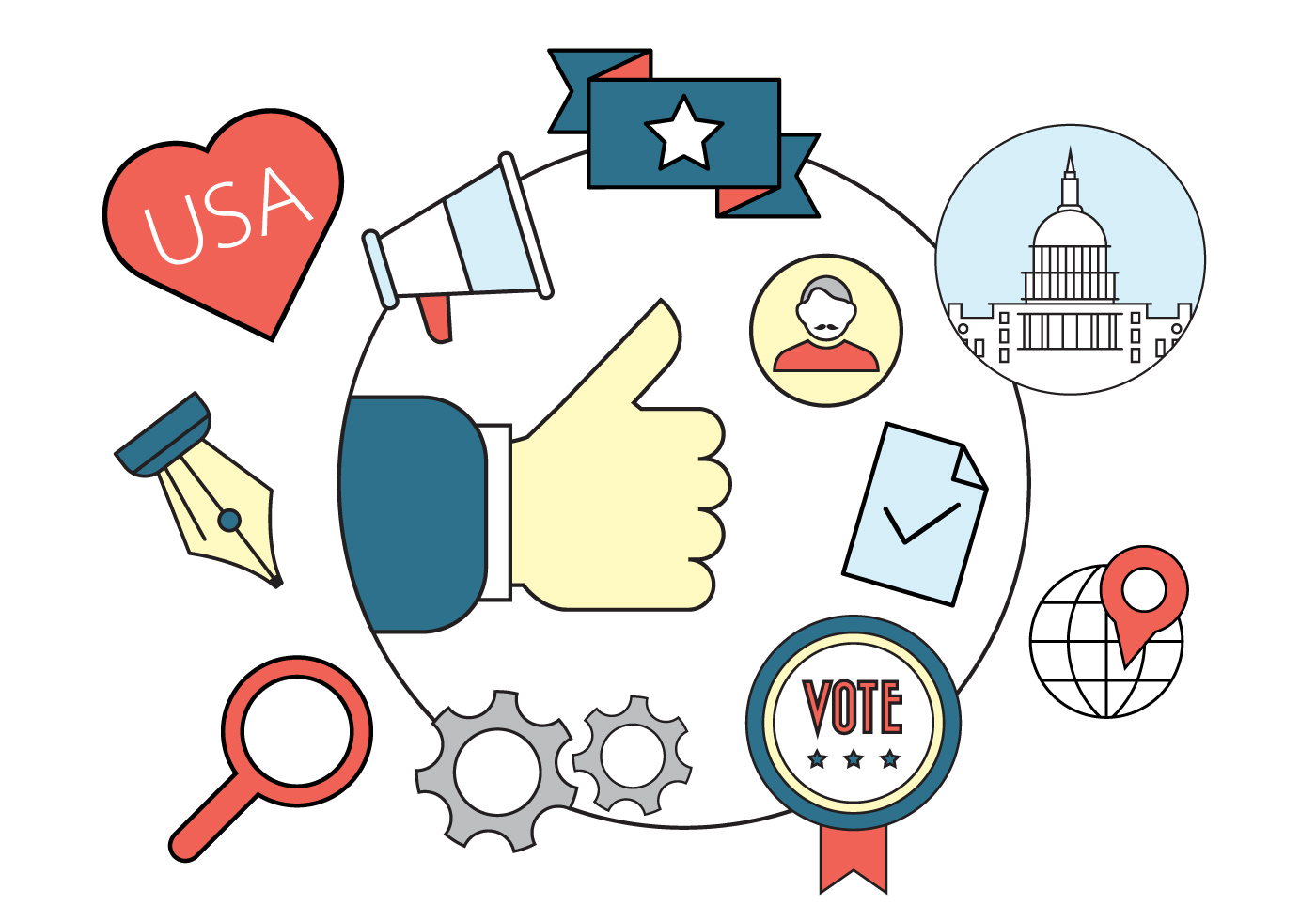2019 may be somewhat of an off-year for elections, but 2020 is shaping up to feature one of the most hotly contested Presidential races in US history. Fierce competition is also expected in several states’ gubernatorial, senatorial and congressional races. The world of politics is going to be buzzing, starting with the Democratic primaries in the first half of the year.
And what comes with big elections? Big bucks spent on advertising.
Spending records will be smashed. Today’s highly divisive political landscape is driving massive fundraising efforts in both the Democratic and Republican parties, with both sides already devoting significant portions of their funds to ads. New donors are stepping up, feeling more compelled than ever to contribute to the candidates they hope to see in office. Local media outlets, as well as large station groups are going to greatly benefit from this flush of money, especially in battleground states and districts. Steven Marks, an EVP at Sinclair Broadcast Group said recently, “There is going to be quite a robust fourth quarter [this year] and in 2020 we are not going to be able to get out of the way of the money. It’s literally going to be hand over fist.”
Advertising Analytics, a political ad-tracking firm, projects the total cost of TV and digital ads for the next election will hit over $6 billion. That’s a 57 percent increase over the total in 2018’s high profile midterm elections.

Traditional broadcast and cable TV will, as usual, claim the lion’s share of dollars spent. The whopping $4.4 billion forecasted on these mediums is actually twice as much as what was spent in the last presidential general election in 2016. Also notable are the huge gains anticipated in digital video advertising. $1.6 billion will be spent on digital advertising platforms, primarily Facebook and Google. As of this summer, the Trump campaign alone has already spent over $10 million on digital advertising in several battleground states. And that figure will, of course, continue to rise, with estimates predicting that President Trump could spend up to $1 billion in total advertising by November 2020.
Other media-tracking firms have released even greater figures for spending in 2020, but the aforementioned Advertising Analytics survey was isolated to only include persuasion communications, which are ads that target voters. Their total doesn’t even account for things like Facebook ads soliciting donations to qualify for the Democratic presidential debates, email list-building and get-out-the-vote ads on digital platforms. So you get an idea of the kind of money being thrown around. It’s therefore not surprising to hear a lofty estimate, like the $10 million predicted by Group M, a prominent ad agency.
We will also see political advertisers taking advantage of the emerging opportunities on OTT/CTV. Steve Passwaiter, the Vice President and General Manager of Kantar CMAG says, “OTT does a few things: extends reach given the ongoing declines in linear TV ratings, allows great geotargeting and voter segment targeting and brings in the younger viewers that don’t consume much linear TV, all in combination with shorter commercial segments.” YouTube TV, PlutoTV, Hulu, Roku, Sling TV, CBS AllAccess, and others are all going to see a windfall of political ad dollars. Tru Optik estimates political ads on OTT /CTV platforms will see $500 million to $720 million for 2020, with $70 million to $90 million for streaming audio.
So how exactly will all this money be transacted? As we get ready for this brawl of an election, we will more closely examine key strategies political campaigns will use to get their message out there. How do their methods differ from more general advertising? What new technologies are in play? Stay tuned for a follow-up to this article in the coming weeks.



